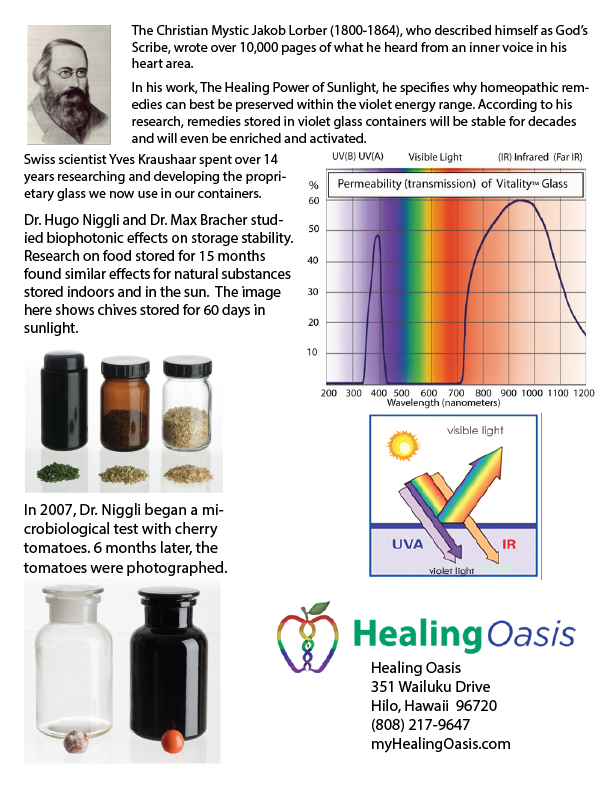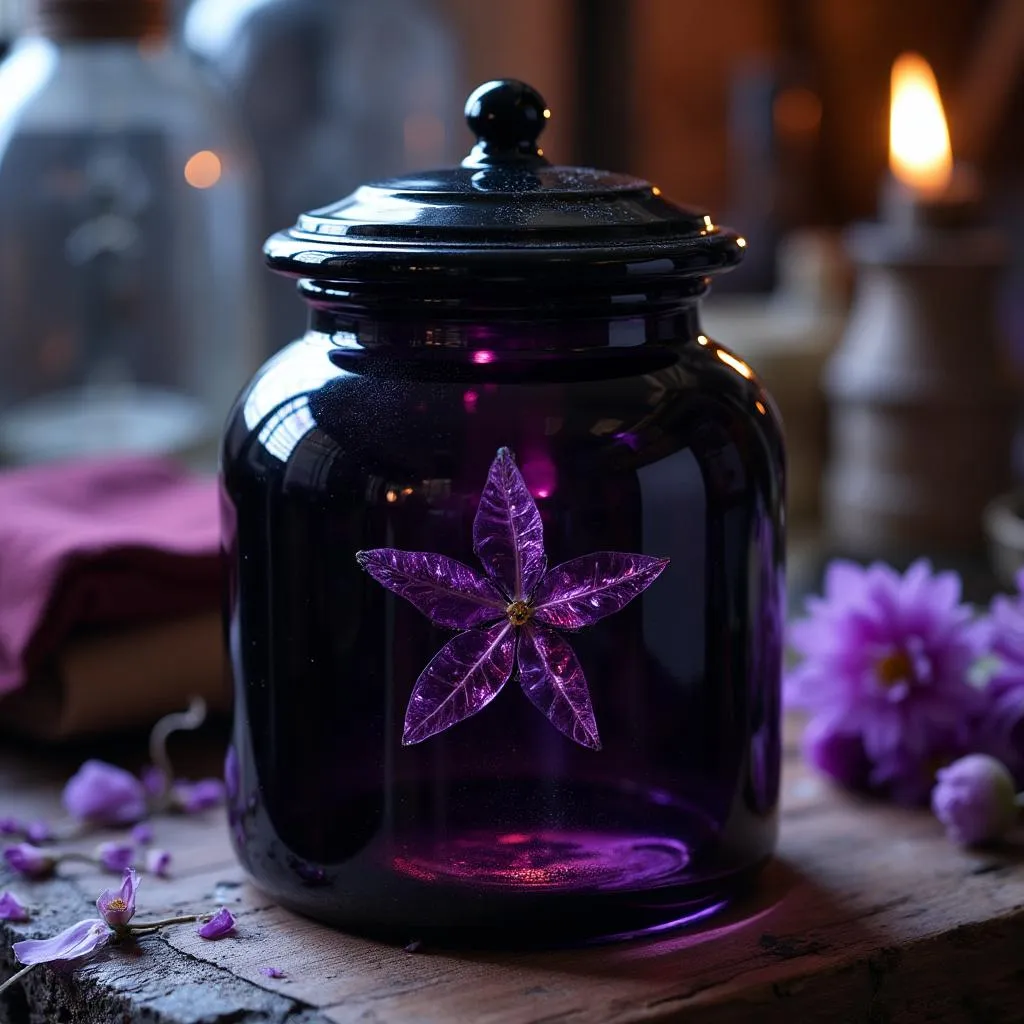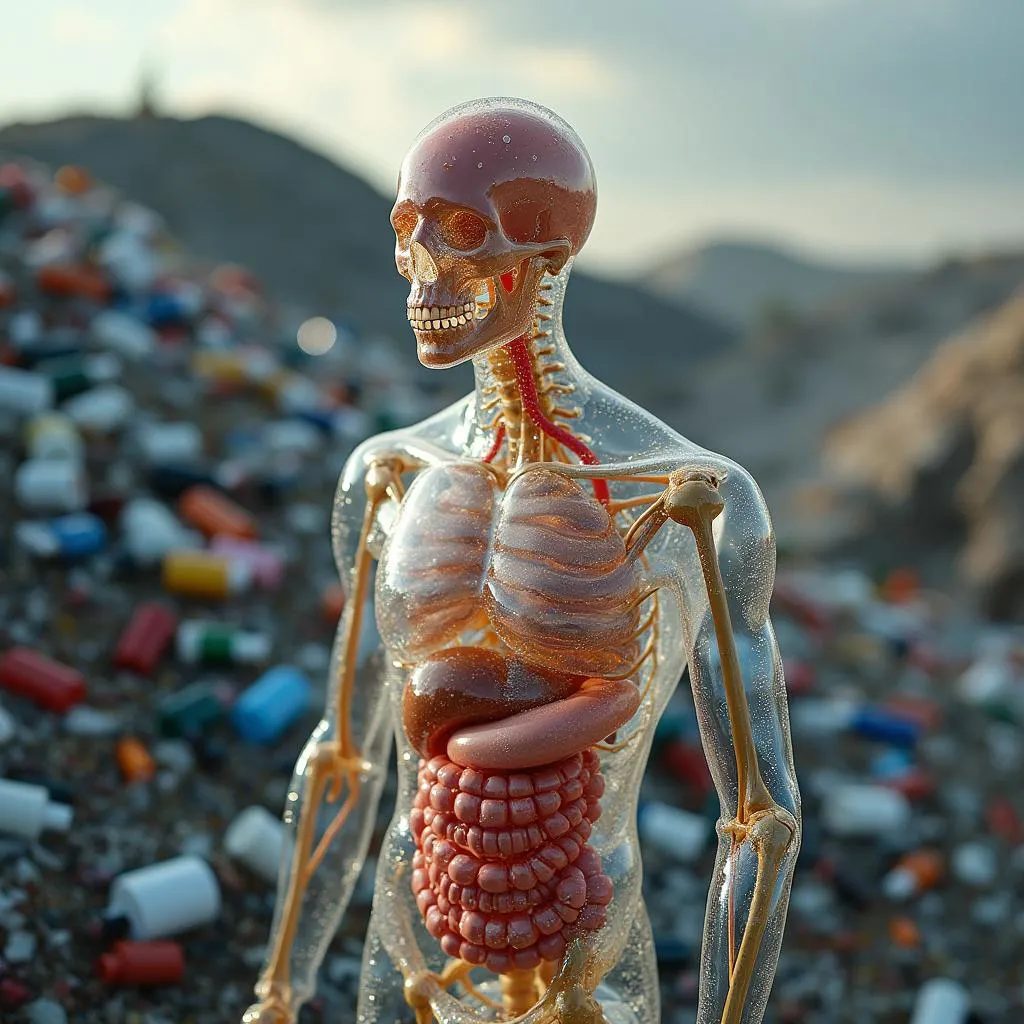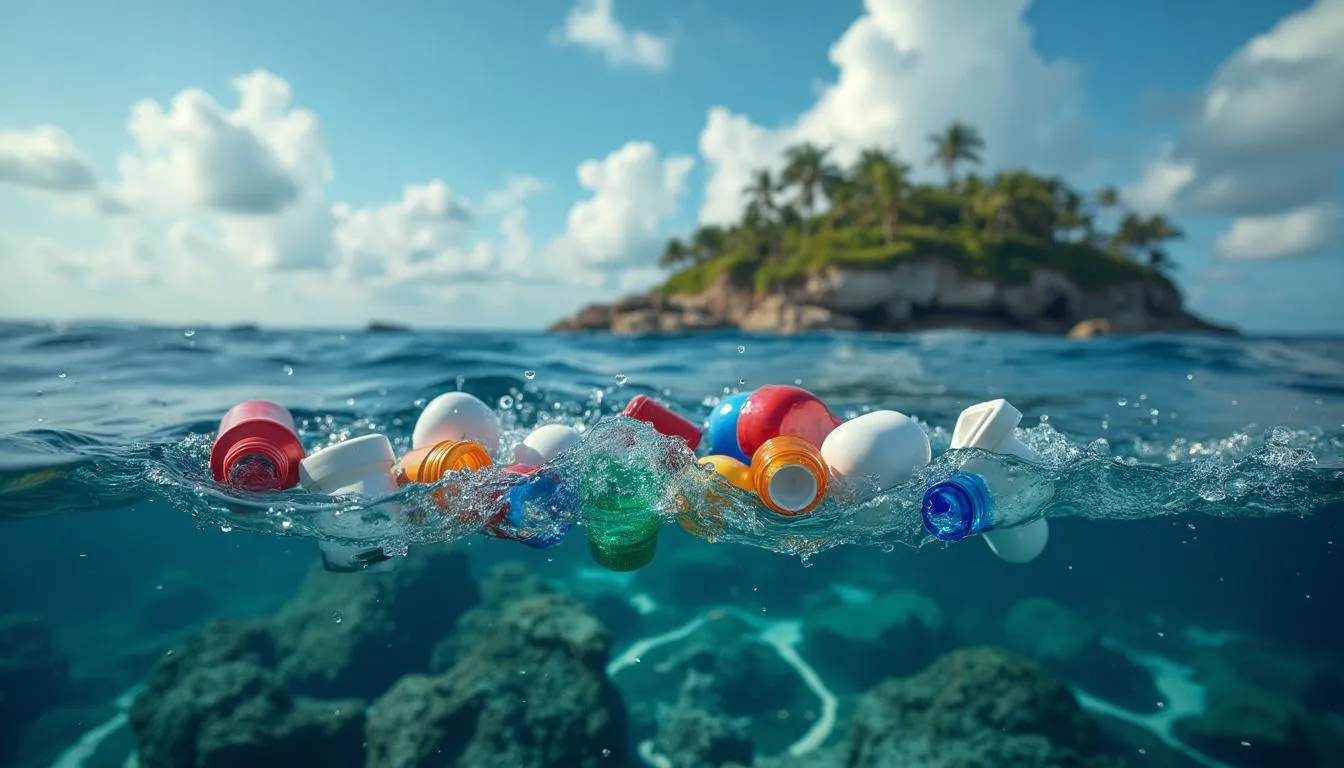Background on our Biophotonic Bottles:
 Shop for Your Remedy Match
Shop for Your Remedy Match Why Do We Use Violet Biophotonic Bottles?

-
Other visible wavelengths are absorbed by the extra thick biophotonic violet glass. These are the dominant frequencies in biochemical reactions. Excluding these rays makes the therapeutic contents much more chemically stable over time, maintaining ingredient potencies, and extending shelf life tremendously.
-
Infrared frequencies are transmitted through the bottle, allowing them to be absorbed by the contents. These low energy rays support the sustained vital energy of the ingredients without promoting chemical reactions that would reduce potency.
-
Glass bottles are the best barrier to oxygen and moisture that degrade many ingredients. Our biophotonic glass bottles are prized for reuse, providing a long, useful life rather than filling our landfills... They are great for storing dry herbs and other dry goods in the kitchen and bath... The used bottles are even sold at premium prices on sites including Amazon and eBay... They can be donated to charities for resale as well.
-
Glass avoids the many problems of plastic, including leaching of xeno-estrogens, in addition to providing a poor barrier function agains oxygen and moisture...
-
The violet glass bottles are very popular for storing dry herbs and other kitchen condiments... They can be returned, reused, recycled, sold, or donated to charity. I have seen them for sale for a good price in used condition on Amazon, among other places... The one thing we hope you don't do with them is put them in the landfill!
-
Violet and UltraViolet light are transmitted. These high frequency photons carry sufficient energy to ionize matter. This has an antimicrobial effect, helping to prevent growth of bacteria, mold, and fungus.
What's Wrong With Plastic Bottles?

How much plastic are you getting?
Americans now take in an average of 21 grams of plastic per month. That’s like eating one credit card every week. But the smaller the particles are, the easier they can penetrate deeply into the body tissues and cells, including crossing the blood brain barrier. A peer-reviewed study just checked for plastic particles smaller than one micron in size. They found an average of 240,000 plastic particles in a plastic bottle of water. 25 brands of bottled water ranged from 110,000 to 370,000 per bottle. That is 100 times more than previously thought due to nanoparticles smaller than what was previously checked for. Only Microplastic particles were looked for in previous studies. Those are between 1 and 5,000 microns in size. Nanoplastics are much smaller and are even more dangerous than the larger microplastic particles. They can more easily enter our blood, our organs, cross the blood brain barrier, and into all of our cells. They also pass through the placenta into the bodies of the unborn along with heavy metals that concentrate 24 times higher in fetal tissue than in the mother's body. Plastics disrupt the endocrine and immune systems. Avoid buying more plastic bottles and foods packaged in plastic. Nanoplastics are even present now in tap water, rain water and ground water, so filtration is always essential. Most enteric supplements and drugs use phthalates which are also immune-destroying plasticizers. We avoid them in all our remedies. And we bottle our remedies in the highest quality glassware in the world to maintain its potency and purity.
Recommended Water Bottle: Miron Glass Bottle - Comes filled with our Living Water remedy that rejuvenates the mitochondria.
Recommended Water Filtration & Ionization: Living Water Ionizers - Ask about the models we recommend for your home or professional use. You can save limbs from amputation and so many other benefits of this water that penetrates tissues and cells 10 times better than other purified waters.

Less Protection:
Compared to glass, plastic allows penetration of more moisture and oxygen into the contents, which degrades the potency more rapidly over time. Purity is also compromised by leaching of the plasticizers and microplastic particles discussed below...
-
BPA:
Bisphenol A is used to make plastic hard and clear. It is an endocrine disruuptor...
BPA is found in 96% of American women's bodies, as well as placentas and foetuses.
It is linked to cancer, neurological problems, early female puberty, reduced female fertility, premature birth, and birth defects, as well as other health challenges.
BPA is particularly problematic with bottles containing liquids.
We use Biophotonic glass bottles for our liquids as well as powders and capsules...
Phthalates:
Phthalates are used to make plastic bottles more flexible. Like BPA, Phthalates are endocrine disruptors.
They are linked to reproductive and developmental problems like reduced sperm count, testicular problems including cancer, and problems with gender development.
BPA also contributes to breast cancer, obesity and decreased intelligence in children.
As with BPA, liquid contents are particularly problematic, as they leach out over time, and this process is accelerated by exposure to heat.
Phthalates are also used in many pharmaceuticals and even supplements for enteric coatings.
Our enteric remedy capsules are vegetable source and 100% Phthalate free.
-
Microplastics:
93% of bottled water tested contains microplastics. Ingested microplastics present a radically increased total surface area for leaching xeno-estrogens from the plastic while in the digestive tract. We recommend healing water systems.
Only recently has technology developed to identify nanoplastics.
-
Nanoplastics:
93% of bottled water tested contains microplastics. Ingested microplastics present a radically increased total surface area for leaching xeno-estrogens from the plastic while in the digestive tract. We recommend healing water systems.
Only recently has technology developed to identify nanoplastics.
-
Non-reusable:
Many plastic types are recyclable, but they are not reusable. The bottle caps are often not even recyclable and many wind up in the environment creating a hazard for wildlife... At most 40% of plastics are recycled, but the average is only 6%. When made from recycled plastic, energy use in making a bottle is reduced by only 10%.
-
Non-renewable:
Each plastic bottle is made from non-renewable petrochemicals, often Polyethylenetetraphthalate (PET). The amount of petroleum used to produce a bottle for one-time use would fill the bottle about 1/10 to 1/3 full! The other non-renewable resource used is about 42 liters of natural gas to make a 1 liter bottle... The electrical energy used in production of a bottle typically comes from 83 grams of coal.
© Copyclaim 2024
Remedy Match LLC, DBA Healing Oasis
[email protected]
PO Box 126 Hilo, Hawai'i-Kingdom [96721]
+1 (808) 217-96474
[*"The statements herein have not been evaluated by the Food and Drug Administration. This is not intended to diagnose, treat, cure, or prevent any disease."] T.D.C.
